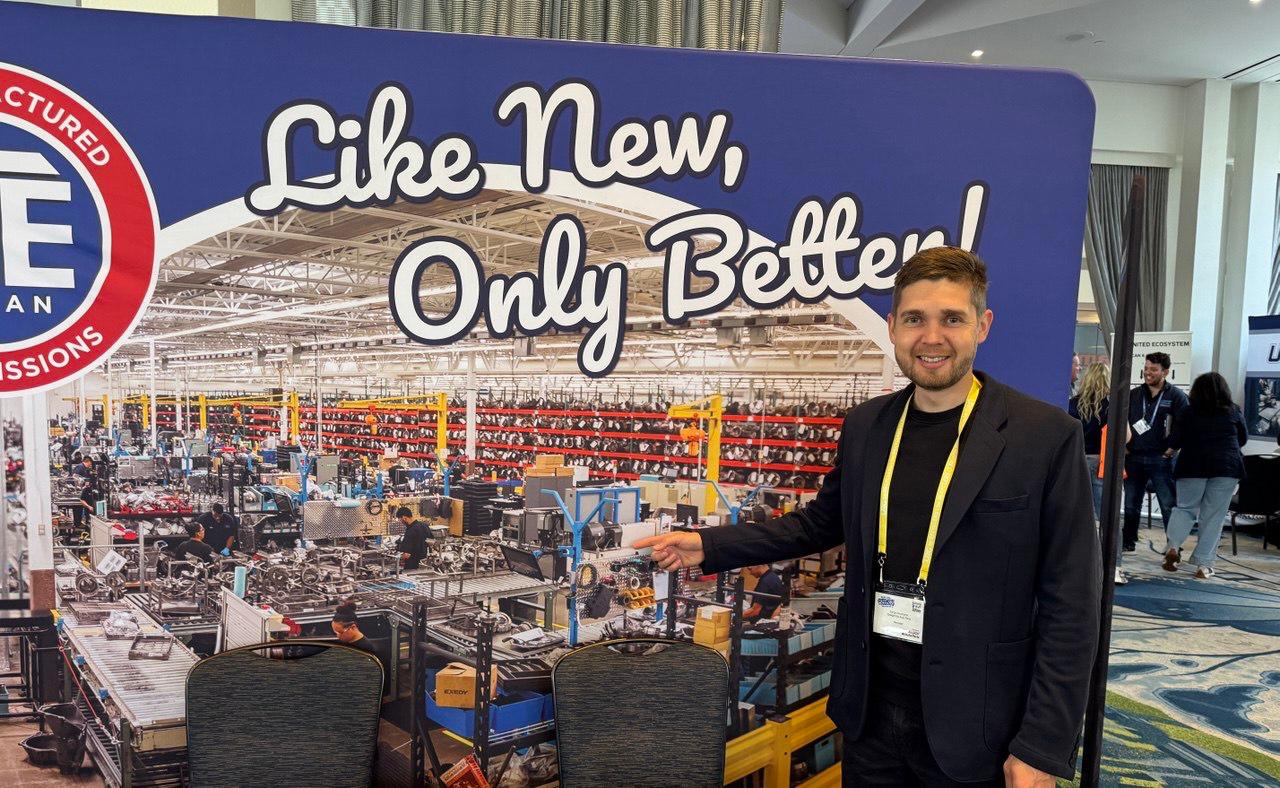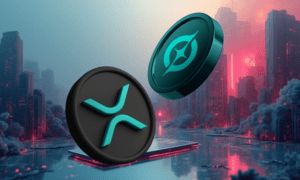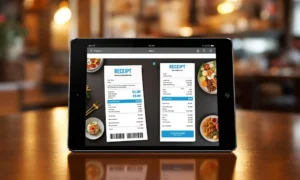Hosted from April 10–12, 2025, in Orlando, Florida, the URG & Team PRP Training Conference is considered the most significant global gathering of automotive recyclers, drawing participants across North America, Europe, and beyond. Now in its second year as a joint URG-Team PRP event, the conference’s theme, “Strength in Synergy,” underscored the power of teamwork in an evolving industry. Attendees explored how uniting expertise and leveraging collective knowledge can drive greater success. With over 1,000 professionals in attendance, the atmosphere was electric: everyone, from veteran recyclers to tech entrepreneurs, mingled to discuss trends such as electric vehicle (EV) dismantling, e-commerce for auto parts, and operational best practices. Major vendors and service providers, including eBay Motors and software innovators, were also on site, showcasing the latest tools to help recyclers modernize their businesses.
We took the opportunity to speak with one of the attendees, Sergei Drozhzhin, automotive recycling business manager, operations manager of Straight Six Auto Parts, and a member of the International Association of Innovative Business Management Professionals (IAIBMP), to learn about the key takeaways, trends, and future strategies that emerged from this dynamic gathering.
Sergei, the conference’s agenda included more than 30 expert-led classes, offering diverse insights, including HR and sales, EV safety, and digital tools. Which sessions stood out to you the most, and why?
It was hard to choose—the agenda was packed with value. I focused on sessions that could bring immediate strategic value to our operations. The class on hiring and retaining the right people resonated with me. It offered practical frameworks for building a motivated team and managing performance more effectively. I took a lot of notes and have already started adapting some approaches to our hiring process and internal culture.
The session on tiering parts inventory was another strong one. It gave me a clear structure for organizing our products by demand and value, which helps make pricing more flexible and customer-focused. I’m testing this model to see how it affects conversion rates and average order value across our platforms.
The EV safety seminar was essential for our future. We are dealing with a growing number of Teslas and hybrids, and the session gave me a deeper understanding of how to handle battery systems and improve dismantling protocols. We are now reviewing our standard operating procedures and investing in the right tools to expand our EV segment safely.
You’re known for implementing advanced automation systems and developing original analytics-driven inventory models that many now strive to emulate. During the conference, whom did you connect with that could help strengthen these innovations further?
I had several valuable conversations that will directly support the evolution of our systems and digital infrastructure. One of the most promising was with the team from YourPayBuddy, powered by Payroc. We discussed the challenges of integrating flexible, secure payments across platforms like Facebook, Instagram, and direct channels. Their solution impressed me with its adaptability and speed. We’re now exploring integration to streamline our checkout process and reduce manual reconciliation across marketplaces.
I also connected with representatives from Team PRP, which opened the door to collaboration at a much broader scale. Their national network and shared inventory model align well with our data systems. By joining this ecosystem, we can gain deeper insights into inventory and improve part-matching algorithms based on shared sales history and fulfillment performance. This would enhance our predictive models and support our long-term goal of nationwide distribution with minimal overhead.
Another meaningful discussion was with Chuck’s Parts. They have built a strong reputation for managing warranties and claims in a structured and efficient manner. We’re looking into adapting their claims framework. Their practical approach to post-sale support gave me numerous ideas for enhancing the efficiency and transparency of our warranty operations for customers, particularly when scaling across different regions.
Sergei, you are frequently asked to consult companies due to your expertise in operational management and innovation. In your view, what’s the most commonly underestimated factor when businesses try to scale while maintaining operational efficiency?
One factor I see underestimated repeatedly is operational clarity—how well people understand the system they’re running. When a business starts growing, complexity creeps in fast. Teams begin to specialize, silos form, and assumptions go unchecked. I’ve seen companies scale revenue but lose visibility into core processes. That’s when margins shrink and customer issues multiply.
At some point, someone has to step back and ask, “Do we still know how this works end-to-end?” That’s where I focus much of my consulting—helping teams reconnect daily execution with broader business mechanics. Whether it’s salvage logistics or parts turnaround, the companies that scale best are the ones that don’t let complexity dilute accountability.
That sounds inspiring. The company where you work generated over $4.5 million in revenue in 2024. How did your learning at the conference influence your next steps and business priorities?
One of the first steps I’m taking after the conference is formalizing a structured warranty system. We’ve offered quality assurance before, but now we’re building transparent internal processes to make warranty coverage more consistent and easier to manage. This move will help strengthen customer trust and support growth in retail and wholesale channels.
Another priority is simplifying payment processing and online checkouts. We’re reviewing tools that can automate more of the transaction flow, reduce manual steps, and improve the overall customer experience. This will be key as we expand e-commerce and manage more direct orders.
We’re also testing new approaches to inventory pricing and team performance tracking. I want to create more visibility between departments and identify what’s working best across our locations. These changes may seem small, but they’re the kind that lead to steady, long-term gains in efficiency and sales.
Based on what you’ve seen at the URG & Team PRP Training Conference, one of the most respected gatherings in the automotive recycling sector, where do you see the industry heading in the next few years?
The industry is moving toward full-scale technology integration across every layer of operations. Automation, data systems, and real-time inventory tools are becoming increasingly essential for recyclers seeking to grow efficiently. Companies focusing on speed, accuracy, and smarter customer interactions will lead the next development phase. Electric vehicles are already changing the way parts are processed and stored. Handling high-voltage systems and lithium batteries requires a different mindset and updated protocols and equipment. Businesses that invest in this shift will be well-positioned as EV volumes continue to rise in the salvage stream.
Stronger cooperation across the industry is another clear direction. Shared platforms, inventory partnerships, and peer learning models are gaining traction. Events like this conference show real progress when companies exchange ideas, align standards, and grow in sync with the broader ecosystem.





























